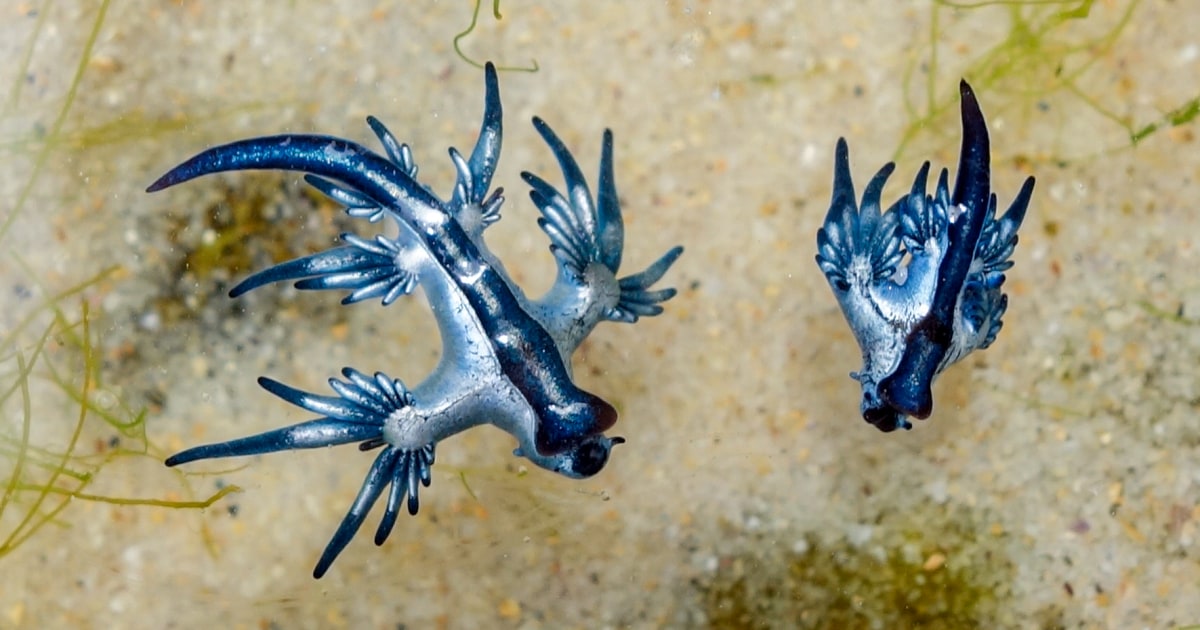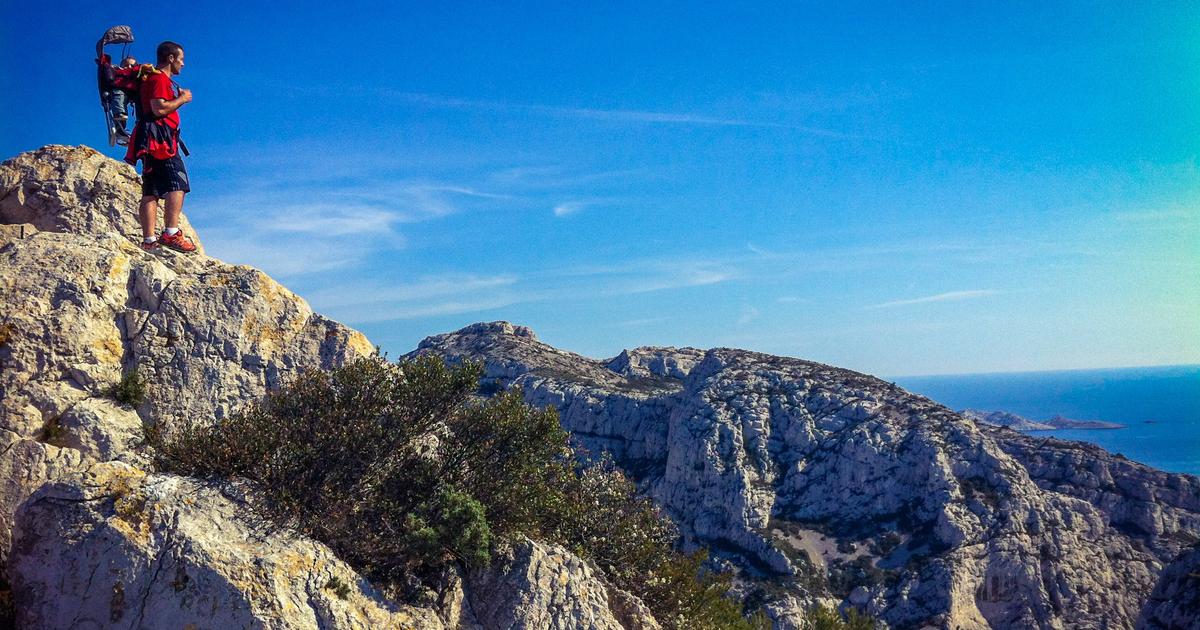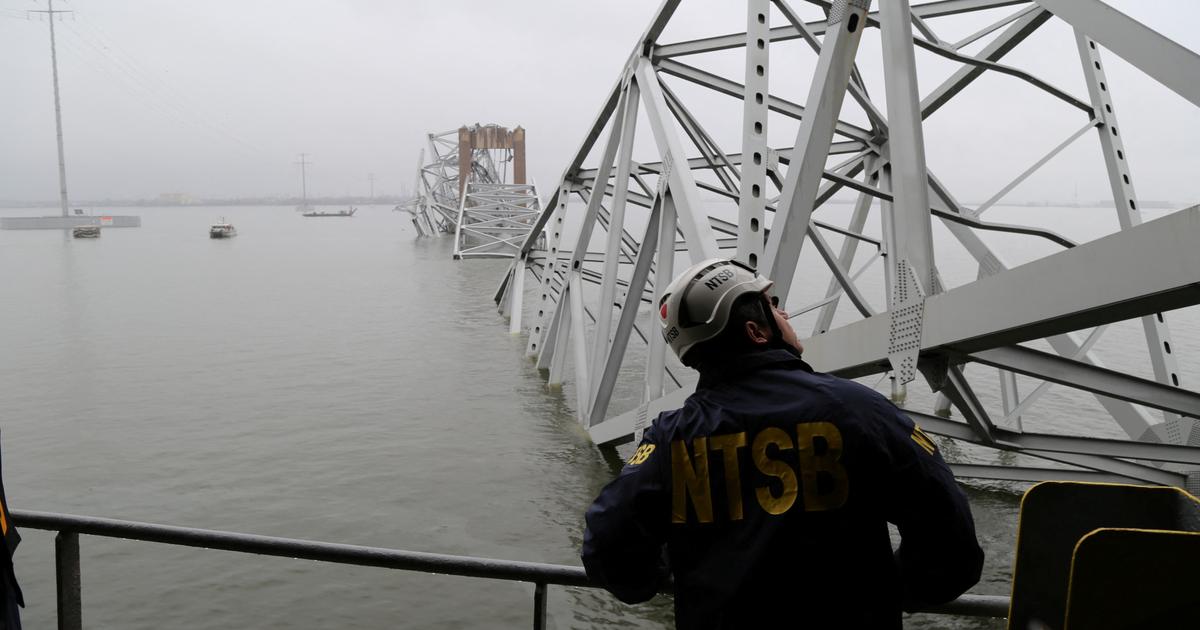The finless porpoise, which is naturally afraid of ugliness, has no protruding beak and no dorsal fin. The actual number is difficult to count.
The government plans to set up a sludge disposal facility in the waters west of Lamma Island, which has sparked controversy over whether the site is the main habitat for finless porpoises.
The Civil Engineering and Development Department, which is in charge of the project, once pointed out that, with reference to the relevant surveys conducted by the Agriculture, Fisheries and Conservation Department and academic institutions in the past, there was no investigation and no use of sonar equipment to detect the site.
The sound brings a clue to the assessment of ecological value. In the early years, the group used underwater recorders to try to find the sound of finless porpoises living in East Lantau. It was found that in the season when they appeared, their sounds of foraging and playing were recorded every day, reflecting the sound of East Lantau. The area around the island is an important feeding habitat for finless porpoises.
In the face of the government's proposal for the large-scale reclamation project of "Lantau Tomorrow", the group is concerned that the ecological value of East Lantau will be underestimated. It is recommended to use underwater recorders to collect continuous data for at least two years to analyze changes in cetacean populations. Cumulative environmental impacts of development.
In the past, monitoring the number of white dolphins mostly relied on observers to board research ships and count them visually with the naked eye and binoculars.
During the peak period of finless porpoise infestation from March to April 2019, the World Wildlife Fund Hong Kong (WWF) placed underwater audio recorders in East Lantau waters including Kau Yi Chau, Peng Chau and Wan Kok to record all-weather activities of finless porpoises in relevant waters Happening.
During the study period, at least one tape recorder could record the sound of the finless porpoise, and the highest record was an average of 20 echolocation signals per day.
From the received sound of the finless porpoise, its activity can also be identified, and it is found that they are sometimes foraging and sometimes playing.
WWF said that although the number of finless porpoises in the waters could not be estimated, it can be seen that the area can support finless porpoises foraging.
Related studies did not record the sound of finless porpoises during the non-finless porpoise infestation peak period from May to August 2021, reflecting seasonal differences.
Wu Jiayi, manager of the WWF cetacean conservation project, said that the finless porpoise is not suitable for survival in any water area, and its distribution depends on the prey. It cannot be ruled out that the increase in South Lantau projects, such as the Shek Kwu Chau incinerator project, will allow the finless porpoise to turn to East Lantau to live without disturbance. The space for foraging and activity is also gradually narrowed.
She also pointed out that the increase in the number of finless porpoises does not necessarily mean an increase in the number of finless porpoises.
Sixty percent of stony corals in Kau Yi Chau are 50 to over 100 cm in size
In addition, in November last year, WWF conducted a stony coral survey in the surrounding waters of five islands in East Lantau, including Dajiaoyi Chau, Peng Chau, Zhou Gong Island and Hei Ling Chau, and found at least 27 species of stony coral, accounting for 32% of the local species found. It is also listed as vulnerable and near-threatened species in the IUCN Red List, such as Sharp-edged Brain Coral and Cross Peony Coral.
The survey also found that about 35% of the stony coral communities in the waters were 50 cm or more in volume, of which 60% were found in Kau Yi Chau with a volume of 50 to 100 cm and more than 100 cm, reflecting their history of existence. Very old and possibly an important sanctuary for marine life.
Worry about frequent offshore projects forcing finless porpoises away
The government plans to increase the land reserve through the reclamation of "Lantau Tomorrow". Peng Lien, senior marine conservation manager of WWF, is worried that the frequent marine traffic during the construction may increase the risk of dolphin collisions with boats. The finless porpoise loses feeding waters, reduces food sources, and even forces the finless porpoise to leave its original habitat. The successive threats may further reduce the number of finless porpoises.
She also pointed out that referring to previous projects, the authorities will transplant corals as a compensation measure, but corals with a volume of 50 cm or more are rarely transplanted, and the survival rate after transplantation is difficult to monitor. Keeping a distance from natural islands, reclamation may not directly cover stony corals, but it has the opportunity to affect water flow and increase sediments, but it is not completely unaffected.”
Urge authorities to require EIA to use underwater audio recorders to analyze changes in cetacean populations
When the authorities conducted the EIA, the noise assessment only focused on the impact on humans and terrestrial organisms. There were no clear guidelines on how long to monitor and what method to use.
Peng Lien suggested that the authorities require the use of underwater audio recorders to collect continuous data for at least two years in order to effectively analyze changes in cetacean populations.
She is also concerned that the EIA should take into account the cumulative environmental impact, "On artificial islands, we only consider whether other projects will be carried out at the same time, but in fact, many projects are delayed, and it is not that the marine habitat can be restored once the project is stopped."
Even though the marine park was used as "compensation" for the project, Wu Jiayi reluctantly pointed out that the damage caused by the project has reduced the number of cetaceans, and problems such as seabed noise, marine traffic, illegal fishing, and pollution cannot be solved by parks; while laying artificial reefs However, the lack of supervision of fishing activities is equivalent to "gathering a large group of fish to make it easier for humans to catch", and the fishery resources and numbers have not increased.
Peng Lien pointed out that marine projects such as the Hong Kong-Zhuhai-Macao Bridge, the airport three-run, and the offshore LNG terminal have come one after another, and the marine space is hard to breathe. Gradually overlapping, although the two do not "fight for food", they also avoid "meeting", fearing that the habitat space will eventually be narrowed.
According to the monitoring report of Chinese white dolphins released by the Agriculture, Fisheries and Conservation Department last year, no Chinese white dolphin sightings were recorded in the waters of northeastern Lantau Island for six consecutive years.
(File photo/Photo by Wu Zhongkun)
Cetacean strandings fell to 32 last year. 30% of finless porpoises involved in human activities were hit by boats, and their spines were broken. Hong Kong-Zhuhai-Macao Bridge "Double Y" connection to Shenzhen was planned to be overturned and connected to marine parks, which may affect white dolphins. Fishery and Conservation Department said Chinese white dolphins The number of dolphins has dropped by 80% in 17 years. The calf did not survive to the age of 2. WWF launches a marine conservation documentary "The Sea of Sound", which reveals that ship noise hinders Chinese white dolphins from feeding. Still high research indicates that the concentration of highly toxic biological inhibitors in the finless porpoise is ten times higher than in 2003. With the food chain doubling, cetaceans have been stranded the most over the years.












/cloudfront-eu-central-1.images.arcpublishing.com/prisa/KMEYMJKESBAZBE4MRBAM4TGHIQ.jpg)


